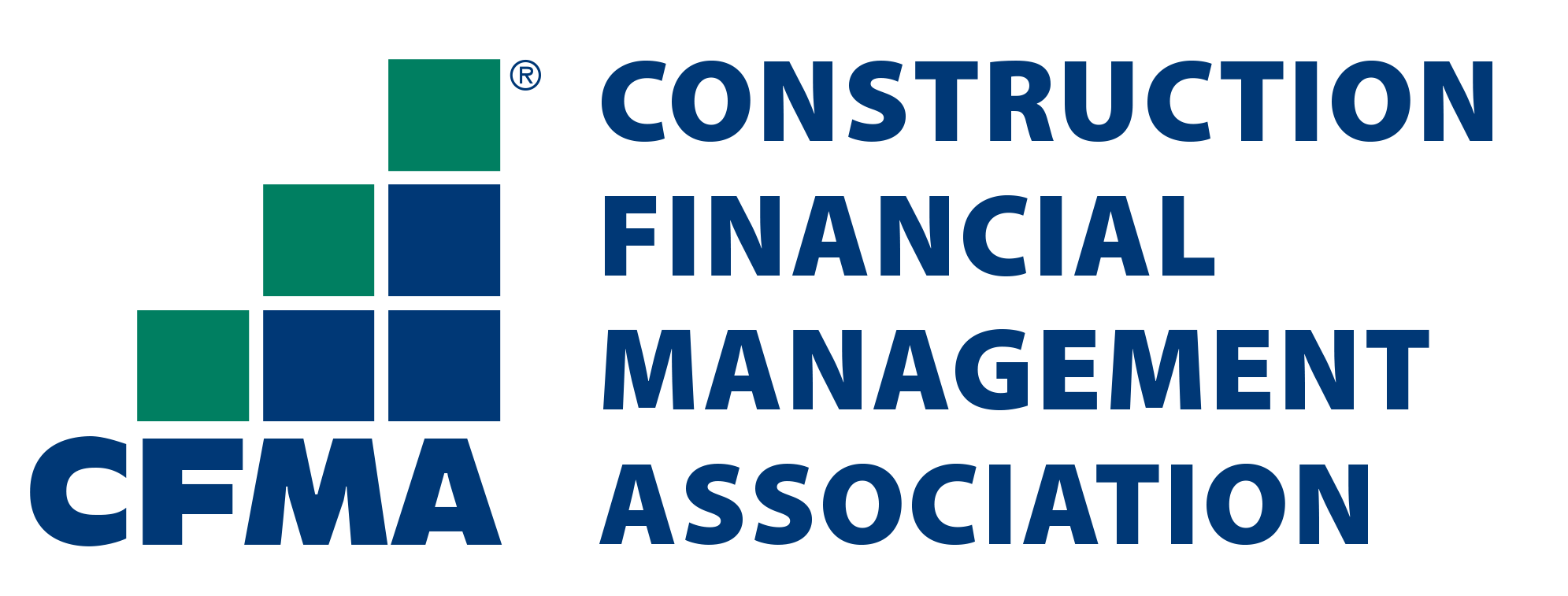
Multifamily Financial Reporting: An Overview of Key Reports and Statements
- June 8, 2023
- OHI

Financial reporting is a crucial aspect of multifamily real estate investing. It provides investors, property owners, and stakeholders with valuable insights into the financial performance and health of multifamily properties. By understanding and analyzing key reports and statements, investors can make informed decisions, assess the profitability of their investments, and identify areas for improvement. In this blog post, we will provide an overview of the key reports and statements used in multifamily financial reporting and discuss their significance in evaluating property performance.
The income statement, also known as the profit and loss statement (P&L), provides a snapshot of the property’s revenues, expenses, and net income over a specific period. It outlines the income generated from rent, other sources such as laundry facilities or parking, and any additional income like late fees. On the expense side, it includes operating expenses such as property management fees, utilities, maintenance and repairs, insurance, property taxes, and more. The net income is calculated by subtracting total expenses from total revenues, providing an overview of the property’s profitability.
Analyzing the income statement helps investors understand the property’s revenue streams, expense breakdown, and overall financial performance. It allows for a comparison of revenue and expense trends over time, enabling investors to identify any areas where costs can be optimized or revenues increased.
The balance sheet provides a snapshot of the property’s financial position at a specific point in time. It presents the property’s assets, liabilities, and equity. Assets include the property’s value, cash on hand, accounts receivable, and any other owned resources. Liabilities encompass any outstanding debts, mortgages, accounts payable, and other financial obligations. Equity represents the difference between assets and liabilities and indicates the property’s net worth.
Analyzing the balance sheet helps investors assess the property’s financial health, solvency, and leverage. It provides insights into the property’s debt-to-equity ratio, liquidity, and overall financial stability. Investors can identify the property’s current value, assess its ability to cover debts and obligations, and make informed decisions regarding refinancing, leveraging, or selling the property.
The cash flow statement tracks the property’s cash inflows and outflows over a specific period, categorized into operating activities, investing activities, and financing activities. Operating activities include rental income, late fees, and other operating revenues, as well as operating expenses and taxes paid. Investing activities include the purchase or sale of assets, such as acquiring or selling multifamily properties. Financing activities involve any debt financing, loan repayments, or equity investments. The cash flow statement is essential for understanding the property’s cash flow dynamics, including operating cash flow, investment cash flow, and financing cash flow. It helps investors evaluate the property’s ability to generate and manage cash, assess liquidity, and make informed decisions regarding reinvestment, loan servicing, or dividend distributions.
The rent roll report provides a detailed summary of all units within a multifamily property, including tenant information, rental rates, lease terms, and occupancy status. It serves as a valuable tool for analyzing rental income, vacancy rates, and lease expirations. The report highlights which units are occupied, vacant, or up for lease renewal.
Analyzing the rent roll report allows investors to assess the property’s leasing activity, rent collection rates, and tenant turnover. It helps identify any potential risks or opportunities for increasing rental income, optimizing occupancy rates, and implementing effective leasing strategies.
The operating expense report breaks down all the expenses associated with operating the multifamily property. It includes property management fees, utilities, maintenance and repairs, insurance, property taxes, advertising, legal fees, and more. The report provides a comprehensive view of the property’s operating costs and allows for a detailed analysis of each expense category. Analyzing the operating expense report helps investors identify areas where costs can be reduced or optimized. By examining expense trends over time and comparing them to industry benchmarks, investors can make informed decisions regarding cost-saving measures, negotiating vendor contracts, and improving overall profitability.
The capital expenditure report outlines the property’s major investments in improvements, renovations, or replacements of assets. It includes expenses related to roof repairs, HVAC system upgrades, common area renovations, or any other significant capital improvements. The report provides a breakdown of the capital expenditures and their impact on the property’s overall value.
Analyzing the capital expenditure report helps investors understand the property’s long-term maintenance needs, assess the impact of capital investments on rental income and property value, and plan for future expenditures. It also helps evaluate the effectiveness of capital improvement strategies and their contribution to attracting and retaining tenants.
While not a report or statement, a comparative market analysis (CMA) is a valuable tool for multifamily financial reporting. It involves analyzing market data and comparable properties to assess the property’s competitive position, rental rates, and potential for growth. A CMA provides insights into market trends, occupancy rates, rental demand, and pricing strategies.
Conducting a comparative market analysis helps investors make informed decisions about rental rates, marketing strategies, and property positioning within the market. It assists in identifying opportunities for rental income growth, understanding market dynamics, and optimizing property performance.
Multifamily financial reporting plays a vital role in evaluating the performance and profitability of investment properties. Key reports and statements such as the income statement, balance sheet, cash flow statement, rent roll report, operating expense report, capital expenditure report, and comparative market analysis provide investors with valuable insights into revenue streams, expenses, profitability, and market positioning. By understanding and analyzing these reports, investors can make informed decisions, identify areas for improvement, and maximize their returns in the multifamily real estate market.
Contact us for a customized NO OBLIGATION proposal for outsourcing your accounting activities.









